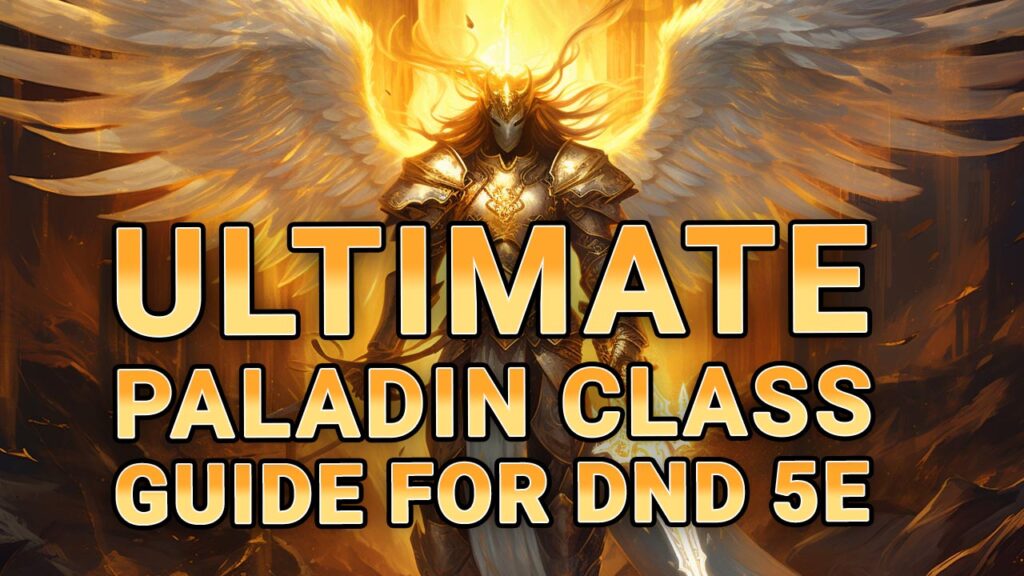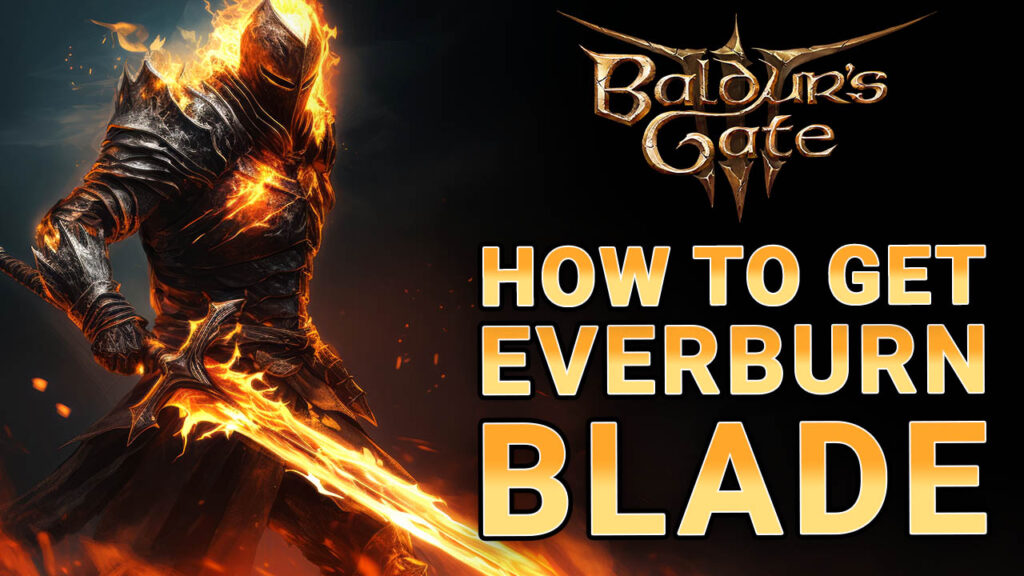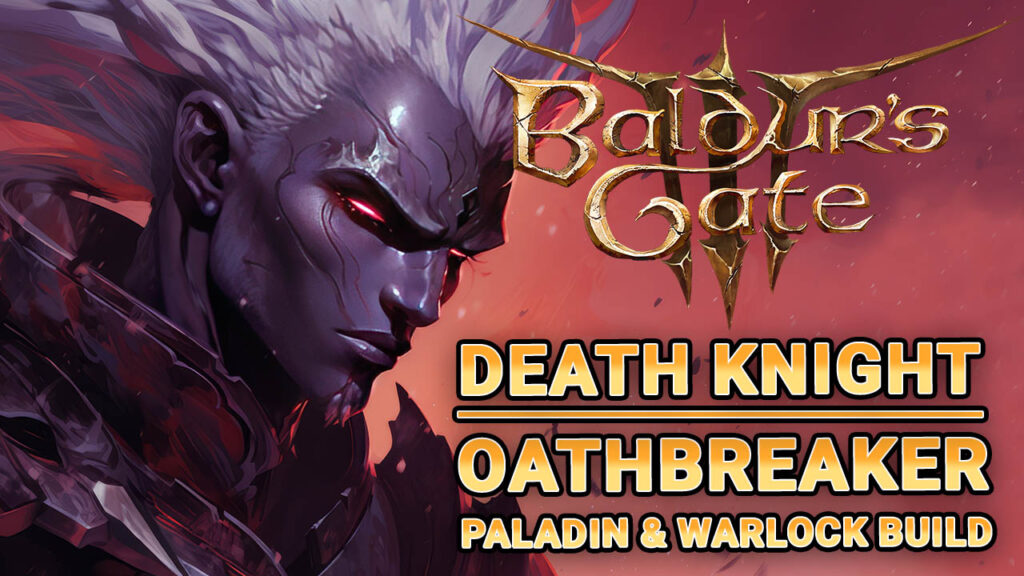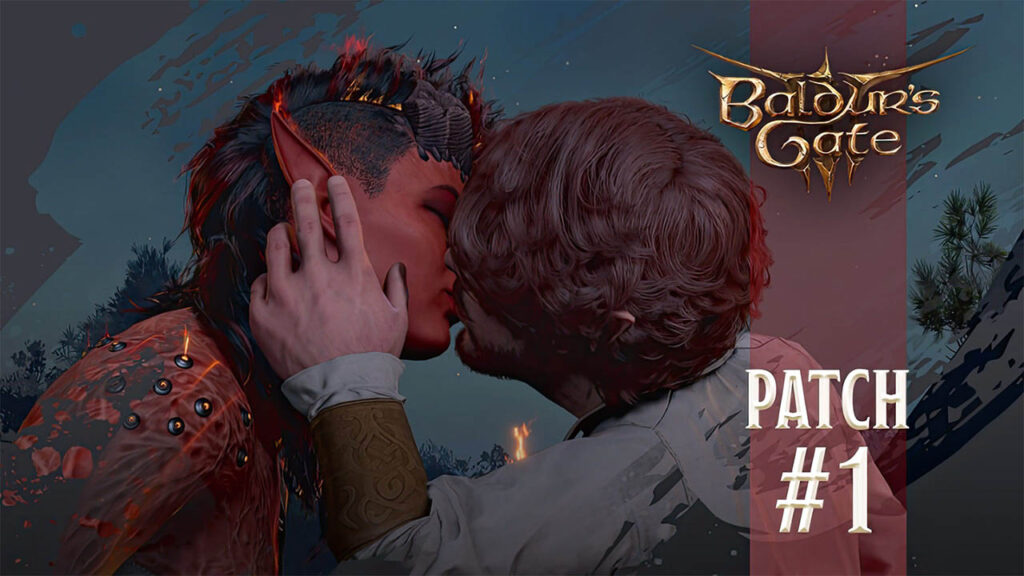Streamlining DND 5E: Combat with Chained Critical Hits
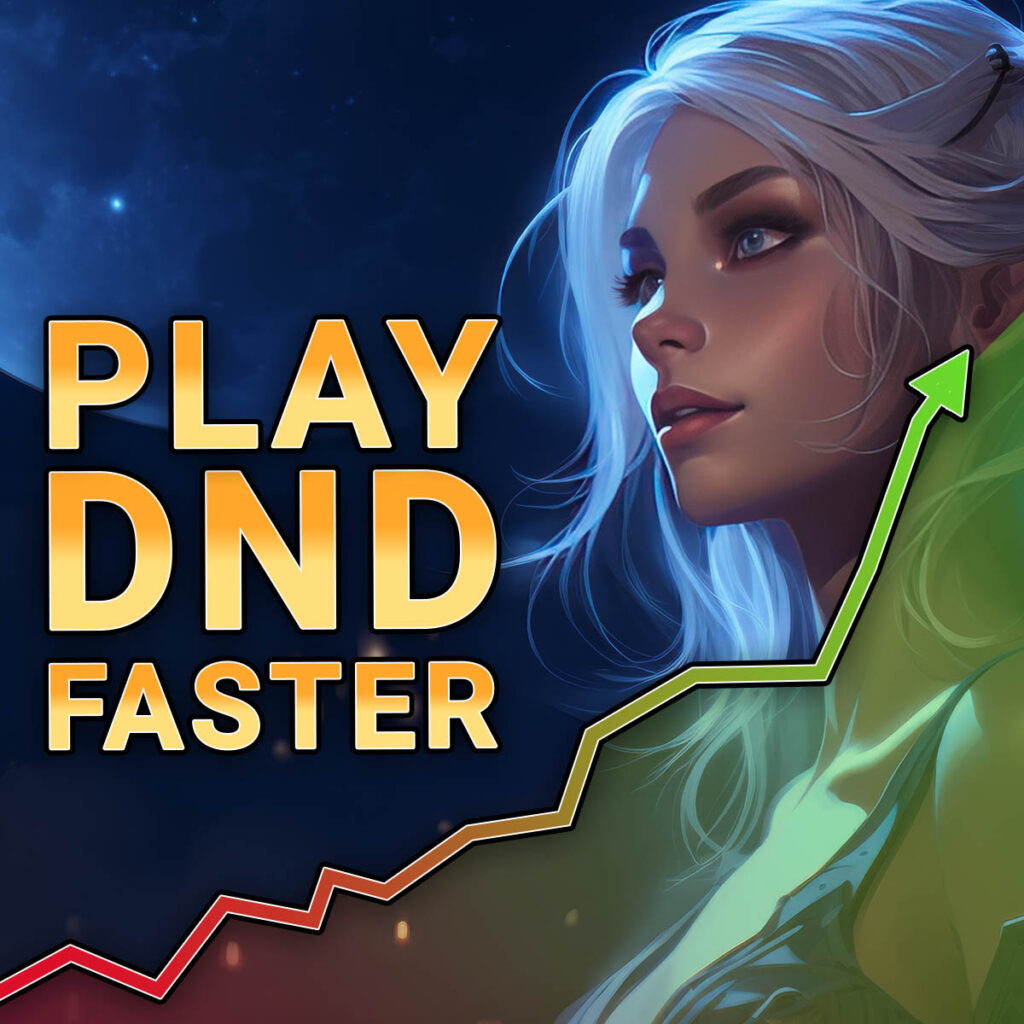
Ever been in the thick of battle, amidst a cacophony of clashing steel and roaring spells, and found yourself pausing to wonder, “Was that 13 for hitting or for damage?”
Yeah, me too.
It’s the age-old dance of D&D combat, full of strategy, luck, and a bit of that dice-rolling magic.
Now, don’t get me wrong, there’s something thrilling about the traditional D&D 5e combat mechanics. The roll of the dice, the anticipation as it clatters across the table determining the fate of your heroic (or not-so-heroic) strike. But sometimes, don’t you just wish for a little less arithmetic and a little more action?
Enter the idea of streamlining – a tad less counting, a tad more clouting.
What if we could cut to the chase and make those dice rolls flow as smoothly as your Barbarian’s battle axe through the air? Imagine a system where the dice roll swiftly translates to action, where the stakes feel immediate and every critical hit sends a ripple of excitement across the battlefield.
Welcome to my mini re-imagination of combat mechanics – where tradition takes a backseat, making way for a more intuitive, free-flowing, and thrill-inducing battle experience.
Introducing the Lead Dice & Chained Critical system, which is a fresh, slightly quirky take on D&D 5e’s combat dynamics. It’s about keeping the adrenaline high, the actions straightforward, and those epic “did you see that” moments coming.
So, if you’re up for slicing through the numerical fog to a realm of clear, direct, and exciting combat, you’re in for a treat. Strap in, roll those dice, and let’s delve into a new era of D&D combat with Chained Criticals at its core!
No More Armor Class (AC) Rolls – Just Attack
Stepping into the arena of battle has always been a game of numbers and chance. The traditional D&D 5e combat mechanics have us rolling to hit, matching or beating the target’s Armor Class (AC) to land a successful strike, and then rolling again for damage. It’s a two-step tango that, while familiar, often slows down the beat of battle.
Now, envision a streamlined combat dance floor: The ‘Lead Die’ mechanism takes center stage, simplifying the steps yet keeping the rhythm exhilarating.
Forget the hit roll, jump straight to the action whether you’re a gallant knight or a menacing ogre, roll your damage dice directly when attacking!
Let’s break down the beat of the traditional and the new system, side by side, to groove to the rhythm of this streamlined combat approach.
Traditional D&D 5e Combat Mechanics:
- Attack Roll: Players roll a d20 to determine if their attack hits the target, adding relevant modifiers (e.g., proficiency bonus, ability modifier).
- Comparing to AC: The total of the attack roll (including modifiers) is compared to the target’s Armor Class (AC). If the roll equals or exceeds the target’s AC, the attack hits.
- Damage Roll: Only after a successful hit do players roll for damage. The type and number of dice rolled depend on the weapon or spell used.
- Critical Hits: Rolling a natural 20 on the d20 (before adding modifiers) is a critical hit, often resulting in extra damage. Conversely, a natural 1 is always a miss.
Streamlined Approach:
- Direct Damage Roll: Players directly roll their damage dice without first making an attack roll to see if they hit.
- Lead Die: Out of the damage dice rolled, one is designated as the ‘Lead’ or ‘Primary Die’.
- Critical Miss: A roll of 1 on this Lead Die means a miss, irrespective of other dice.
- Chain Critical Hits: Rolling the maximum value on the primary die leads to a critical hit. Players can then re-roll all damage dice and add the results. This can chain if the maximum value is rolled again on the primary die.
- Bypassing Armor on Critical: Critical hits in this system ignore monster armor, making them more potent.
Key Differences Explained:
- Elimination of Attack Rolls: The most significant change is the elimination of the initial attack roll. This speeds up combat by reducing the number of rolls needed for each attack.
- Misses and Criticals Based on Damage Dice: Instead of a d20 determining critical hits and misses, they’re now determined by the damage dice, specifically the primary die.
- Potential for Increased Damage: The chain critical hits can lead to substantially higher damage if players are lucky, adding an element of explosive unpredictability.
- Shift in Weapon Dynamics: The streamlined approach changes the dynamics of weapon choice. Weapons with larger damage dice become more consistent, while those with smaller dice have higher critical potential.
Understanding the ‘Lead Die’ Mechanism
At the heart of the streamlined approach is the ‘Lead Die’ mechanism. It’s a pivotal component, determining the outcome of every attack. When rolling multiple dice for an attack, one die takes the forefront as the ‘Lead Die’. Its outcome can spell success or doom for the player.
This die can be visually distinct such as a different color, or simply separated from the rest, ensuring it’s easily identifiable.
For example, imagine you’re attacking with a weapon that does 2d6 damage. This means you roll two six-sided dice.
- Choosing the Lead Die: You pick one of these dice as your Lead Die. Maybe it’s a red one, while the other is blue.
- Rolling the Dice: You roll both dice and get numbers. Let’s say you roll a 5 on the red (Lead Die) and a 4 on the blue.
- Checking the Lead Die: Your red die shows a 5. It’s not a 1, so you didn’t miss. It’s also not a 6, so it’s not a critical hit. You just add the numbers together for a total damage of 9.
Let me further explain this with some examples.
Single Weapon Attacks
Luna, the Paladin with her Mace: The mace weapon tells us that it deals damage using a 1d8, therefore when Luna attacks with her mace, she rolls a d8 for damage.
As there is only one dice, this automatically becomes the Lead Dice.
- If she were to roll a 6 on the d8, that would be the damage she dealt + her Ability Modifiers such as Strength +3.
- However if she were to roll a 1 on the d8, it would be a Critical Miss, dealing no damage at all.
This is all pretty standard compared to the original rules, other than her not rolling a d20 against for a Difficulty (DC) check based on the enemy’s Armour Class (AC) first, speeding up the combat and game.
Now let’s take a look at some example cases where she would roll either a natural 1 (Critical Miss) or a natural 8 (Critical Hit).
Critical Miss with a single attack
If Luna were to roll a natural 1, it is considered a Critical Miss (same as current 5E rules), and she would miss any and all damage to the enemy
Critical Hit with a single attack
If Luna were to roll a natural 8, it is seen as a Critical Hit, as this is the largest number that her d8 Lead Dice can roll. This is different in how the original 5E rules works, as there you need to first roll a natural 20 using the d20 during the DC check, and only then roll for the damage using the d8.
In other words we are effectively combining the two mechanisms into a single roll, halving the amount of dice rolls in our game, while covering similar mechanics.
When rolling d8 in this example, and landing a Critical Hit enabled changed rolls which I will cover below shortly. This is also different in how the original 5E rule handles Critical Hits, which in most cases (depending on the DM), simply doubles the damage roll and calls it a day.
With our revised rules we don’t want to only speed up the game, but also make it more interesting at the same time, so let’s look at what happens if she were to roll a natural 8 on her d8.
Chaining Critical Hits with a single attack
When Luna rolls a natural 8, it allows her to chain roll for possibly even more Critical hits and more damage.
Unlike the standard 5E rules, the damage isn’t doubled on a Critical Roll, but instead, Luna then rolls the d8 Lead Dice again, adding to the previous result.
If the Lead Die shows its maximum value of 8 again, she continues to roll and add this damage, creating a chain of critical hits. If she rolls anything other than a max of 8, the changed ends and the damage is added together and apple dot the enemy’s Hit Points (HP)
Example:
- Luna, wielding a mace (1d8), rolls her damage dice. If the Lead Die (the d8) shows an 8, it’s a critical hit. She then rolls the d8 again for bonus damage. If she gets another 8, she continues the chain. Finally, if she rolls a 3 and adds her STR modifier of 3, the total damage dealt in this case would be: 8 (first roll) + 8 (second roll) + 3 (third roll) + 3 (STR modifier) = 22 damage.
- While this might look like an insane amount of damage, this is a very rare situation as she had to roll two Critical Rolls in a row. In most cases she would probably not land a second Critical Roll, so the damage would instead be: 8 (first roll) + 3 (second roll) + 3 (STR modifier) = 14 damage.
Area of Effect (AoE) Attacks
Area attacks and spells like Fireball can also be influenced by the Lead Die mechanism, even though they traditionally affect an area and not a single target.
Zephyr, a level 6 Sorcerer, decides to cast Fireball, targeting a group of enemies. Fireball’s base damage is determined by 8d6.
Therefore, the average damage for Fireball without any Lead Die modifiers (Critical Rolls) is:
- (1 + 2 + 3 + 4 + 5 + 6) = 21
- 21 / 6 = 3.5 average damage per dice
Since Zephyr is rolling 8d6, the average base damage is (8*3.5) = 28.
Critical Miss with an AoE attack
Before releasing the spell, Zephyr designates one of the d6s as the Lead Die.
If this die shows a 1, the spell’s potency is diminished, reducing the damage output of all the 8 dice entirely, as the Fireball fizzes into nothing but smoke.
Critical Hit with an AoE attack
However, if the designated Lead Die rolls a 6, it means the spell’s power is maximized.
To start, the average damage for Fireball with a Critical Roll form the Lead Dice is:
- (1 + 2 + 3 + 4 + 5 + 6) = 21
- 21 / 6 = 3.5 average damage per dice
Since Zephyr is rolling 8d6, the average base damage of the 7 variable dice is (7*3.5) = 24.5 + 6 (Lead Dice Crit) = 30.5 damage.
Following the chain critical rule, Zephyr gets to reroll all the 8d6 dice again, adding to the initial damage, resulting in another 28 average damage, added the the average 30.5 = 58.5 damage split across the number of enemies.
If subsequent rolls also land maximum values on the Lead Die, the chain can continue, resulting in a catastrophic explosion of flames. If the Lead Die doesn’t roll a 6, the chain ends.
Damage output compared to Standard 5E Critical Roll rules
Comparing the Damage output of my Chained Critical system to Standard 5E Critical Roll rules, shows that the damage is consistent and isn’t going to be game breakingly under or overpowered.
In traditional D&D 5e rules, landing a critical hit allows the player to roll additional dice for damage. Specifically, they roll twice the number of damage dice for the attack or spell, although modifiers are not doubled.
Here’s how the mechanics compare in a scenario where a Level 6 Sorcerer casts Fireball, which has a base damage of 8d6:
Traditional D&D 5e Rules
On a critical hit, the player would roll 16d6 for damage instead of the standard 8d6.
The potential damage range would be between 16 (if all dice roll a 1) and 96 (if all dice roll a 6), with an average damage of 56 (assuming an average roll of 3.5 on each die).
- Avg Damage Total = Avg Damage of Single Die * Number of Dice
- Avg Damage Total = (21/6) * 16 = 56 damage
- Avg Damage Total = 3.5 * 16 = 56 damage
Changed Crit System
In the scenario provided, a critical hit results in an average damage of 58.5, which comes from the initial 30.5 damage on the first roll plus an average of 28 damage on the re-roll of all 8d6 dice.
The potential damage range could be higher if the Lead Die continues to roll its maximum value, allowing for additional chain criticals and thus more damage dice to be rolled.
Although it is very close to the Standard 5E damage figures in most cases where only one Critical Roll lands which, based on probability, is going to happen 99% of most Critical Roll cases, as rolling a second crit is very unlikely.
- Avg Damage Total = Avg Damage of Single Die * Number of Dice + Chained Critical Avg Damage
- Avg Damage Total = ((21/6) * 7) + 28
- Avg Damage Total = ((3.5) * 7) + 28 = 58.5 damage
- Avg Damage Total = (24.5) + 28 = 58.5 damage
Individual Dice Mechanics with a Multi-weapon attack:
Some attacks or abilities have dice that function independently of each other. In these cases, each die has its own potential to hit, miss, or crit based on the Lead Die rule and Chain Critical Hits principle.
Example:
Raven, a level 9 Rogue, uses Throwing Stars which have a damage of 3d6. When she rolls, each die operates on its own. Let’s say she rolls a 2, 5, and 6. If she had designated one as the Lead Die and it showed a maximum value (6 in this case), it would be a critical hit for that particular die.
Since each die functions separately, the total damage in this instance is the sum of all three rolls, resulting in 13 damage. If one of the dice was a 1, it would mean that particular throw missed, but the others would still count.
Area of Effect (AoE) vs Multi-Weapon Attacks
While these two might seem to overlap, as they both require multiple dice rolls, the best way to differentiate them is as follows:
Area of Effect (AoE) Attacks:
- Apply the ‘Lead Die‘ mechanism to AoE attacks when a spell or ability has the potential to affect multiple targets in an area simultaneously. For example, if a character casts Fireball or a similar spell, designate one of the dice (e.g., a d6) as the ‘Lead Die‘ before rolling for damage. The outcome of this ‘Lead Die’ will determine the overall potency of the AoE effect.
Multi-Weapon Attacks:
- Apply the ‘Lead Die’ mechanism to multi-weapon attacks when a character is making separate attacks with distinct weapons or abilities. For example, if a character is wielding two swords and making two separate attacks, each attack should have its own ‘Lead Die’ to determine hits, misses, or critical hits. This allows for individual outcomes for each source of damage.
Lead Dice Exceptions (Magic Missiles)
Magic Missile is a unique spell in Dungeons & Dragons because it doesn’t require attack rolls like traditional spells or attacks. Instead, it automatically hits its targets, making it somewhat different from the standard attack mechanics.
- For Magic Missile, you can choose not to use the ‘Lead Die’ mechanism for damage calculation, as it might not add significant value to the spell’s mechanics. Magic Missile is unique in that it automatically hits its targets without requiring attack rolls.
- Instead, you can keep Magic Missile’s damage straightforward by using the standard damage calculation for the spell based on the caster’s level. For example, at 1st level, Magic Missile deals 3d4+3 force damage, where you simply roll three four-sided dice (d4) and add 3 to the total.
- This maintains the simplicity and reliability of Magic Missile’s damage while keeping the automatic hit mechanic intact.
Summary
With this new system in play, combat in D&D evolves, maintaining its core essence while introducing swiftness and unpredictability. Whether you’re a player or a Dungeon Master, this approach offers a refreshing take on battles, ensuring every roll is charged with anticipation. Embrace the change and let the dice decide your fate!
- Elimination of Attack Rolls: The removal of attack rolls speeds up combat significantly by reducing the number of rolls required for each attack. This can make combat encounters smoother and more efficient.
- Misses and Criticals Based on Damage Dice: Instead of using a d20 to determine hits and misses, this system relies on the damage dice, specifically the ‘Lead Die.’ This simplifies the resolution process and eliminates the need to compare attack rolls to Armor Class (AC).
- Potential for Increased Damage: The addition of the ‘Chain Critical Hits’ mechanic introduces an element of unpredictability and can lead to significantly higher damage in certain situations. It adds excitement and variation to combat encounters.
- Shift in Weapon Dynamics: The system changes the dynamics of weapon choices. Weapons with larger damage dice become more reliable, while those with smaller dice have a higher critical hit potential. This can influence player strategies and choices.
- The ‘Lead Die’ Mechanism: The ‘Lead Die’ is a crucial component that determines the outcome of each attack. It can be visually distinct from other dice to ensure easy identification. The player selects one die as the ‘Lead Die’ before rolling.
- Critical Miss and Critical Hit: A natural roll of 1 on the ‘Lead Die’ results in a Critical Miss, meaning no damage is dealt. A maximum value roll of the ‘Lead Die’ leads to a Critical Hit. In the case of a Critical Hit, the ‘Lead Die’ is rolled again for bonus damage, potentially creating a chain of critical hits.
- Area of Effect (AoE) Attacks: The ‘Lead Die’ mechanism also applies to AoE attacks, influencing the overall damage output of the spell. A Critical Hit with an AoE attack can lead to a chain reaction of additional damage.
- Multi-Weapon Attacks: For attacks or abilities with multiple dice that operate independently, each die has its own chance to hit, miss, or crit based on the ‘Lead Die’ rule. This maintains the uniqueness and individuality of each die’s outcome.
Conclusion
This innovative technique accelerates combat dynamics and preserves the raw thrill of confrontation. Furthermore, it brings a fresh perspective to weapon balance. Now, the “prime” weapon isn’t necessarily the one with the largest die. Massive weapons like broadswords strike more frequently, ensuring dependable damage.
On the flip side, nimble weapons, such as throwing knives, boast a higher critical occurrence, rendering them potent against heavily armored foes. Envision a throwing knife slipping through the slits of a full helm, a challenge for a warhammer!

